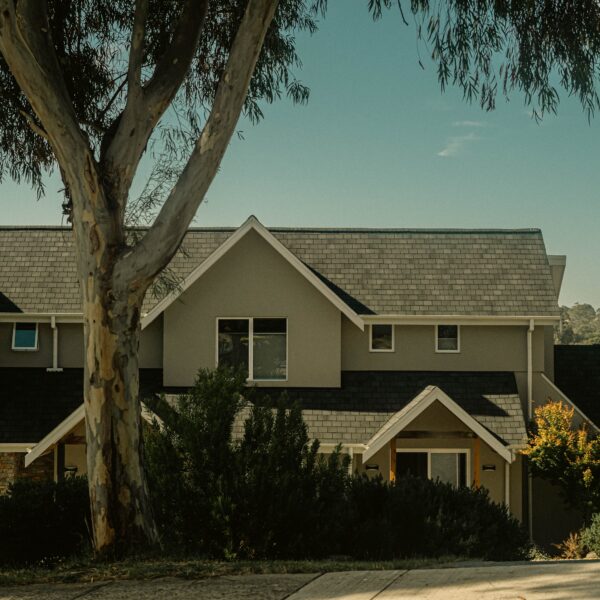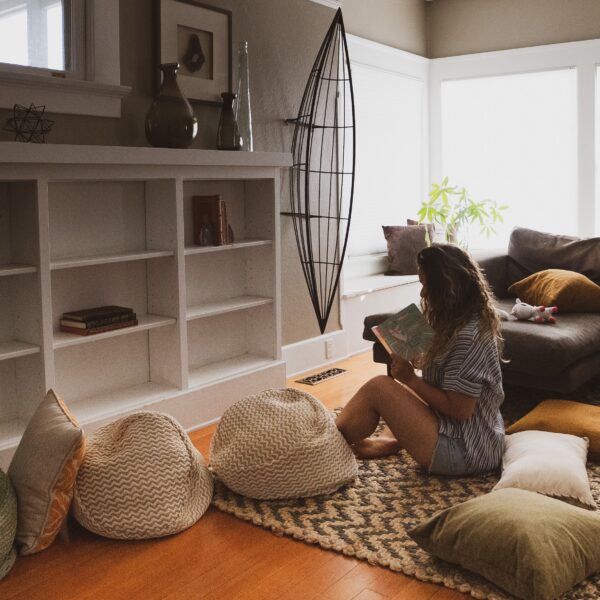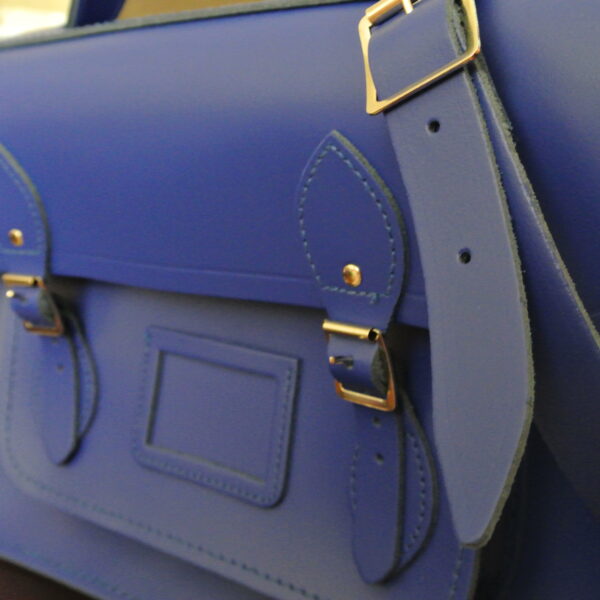Are you a shooting noob? Do you want to look your best at the gun range? Read this article when you’re learning to shoot a gun.
Hoping to learn how to shoot a gun?
Learning to shoot a gun gives you many benefits for your mind and body. You can improve your arm, core, and leg strength by withstanding the recoil. Firing shots in a shooting range also relieve your mind of stress.
While you’re learning, though, you may experience some difficulties when shooting a gun. These difficulties can become dangerous if you don’t correct the problems.
Want to avoid putting yourself and other people in the shooting range at risk? We’ve put together a guide to help you through the learning experience.
Read on to learn how you can look good while handling firearms for the first time. You won’t become the shooting noob of the range with these tips in mind.
- Bring a Friend with Experiences in Firearms
The best thing you can do when you’re learning to shoot a gun for the first time is to bring a friend along. Pick one that has lots of experience in handling firearms. They will provide much help to you along the way.
The first way a friend like this helps you in learning is by taking you to a good shooting range. Experienced handlers will know where the best shooting ranges are. Picking a good place to practice shooting will help you enjoy the experience.
They can also answer any question you have while you’re learning. This is good for your sake and the others in the shooting range. A newbie handling an unfamiliar firearm is the most dangerous thing in the shooting range.
- Wear the Proper Attire
Before you learn how to shoot, you must learn how to prepare to shoot a firearm. Wearing the proper attire will make it easier for you to clean yourself up and protect you from any damage while you’re shooting.
Guns blowback some gunpowder unto the shooter when they fire a bullet. This sticks to your clothes and will leave some residue that can damage them. Wear durable clothes that you can wash with ease to prevent this from happening.
You must also avoid wearing certain types of clothing. Open-toed shoes and V-necks are the most discouraged articles of clothing because of how open they are. A fresh round may bounce unto your toes or chest after you fire the gun.
These are hot and can burn your flesh when they touch it. Wear tight-fit clothes that cover and protect these areas when you’re in the shooting range.
- Start with Small Caliber Pistols
A common mistake among newbies is underestimating the recoil of a gun. All guns, even the smaller ones, give a good kickback when you fire them. Going with a small pistol is important to know how much recoil you can handle.
- Clear the Pistol Slide of Your Fingers
Another common mistake by newbies is in the way they hold a pistol. They tend to rest their thumb on the back of the pistol slide. Most newbies think it helps them aim better, but it will always end in a disaster when they fire.
The pistol’s slide moves back when you fire the gun. This is because of the blast from the bullet, pushing it back to let the next bullet in the chamber.
If you put your thumb on the back of the pistol, the blowback can injure it. It can even break your thumb if it somehow gets underneath the slide as it goes back. Keep your fingers clear if you want to keep them intact.
- Follow the Grooves of the Hand Grip
The grooves of the gun’s grip serve as a guide to how you should hold the gun. These grooves are to help you control the gun and keep your hands safe from injury. If the gun’s grip doesn’t feel right for you, you can always modify it to your preferences.
Talon grips are great to help you have a better hold on your gun. This is a great choice if you have sweaty palms. The rough texture will help you keep the gun in your hands through the recoil.
- Upgrade to a Small Pistol of a Larger Caliber When Moving Up
If you think you can handle a gun with a stronger kick, don’t go for rifles or shotguns. This is another mistake people make, and it often embarrasses them. They either get knocked down or have the gun fly out of their hands after the first shot.
Get a pistol of a larger caliber instead. These guns are easier to handle and give you a bigger kick. The difference is in the bullets that the gun will use.
The bigger the bullet, the more gunpowder it uses to blast it out of the barrel. These cause a stronger recoil in the gun and will be perfect to gauge if you can handle a stronger gun.
- Squeeze the Trigger
Trigger discipline is the most important part of your learning experience. Mastering this will make you a responsible gun owner. The first thing you must learn in trigger discipline is how to squeeze the trigger.
You will hear most people say that you must squeeze the trigger, not pull it. This is among the tips that are easier understood once you’re holding a gun. When you place your finger on the trigger, it will feel stiff as you try to squeeze it.
Fight the urge to yank on the trigger and squeeze it as slow as you can instead. It will surprise you how easy it is to squeeze the trigger far enough to fire the shot. Squeezing will help you aim better and get used to how sensitive the trigger is.
Doing this is also better for the gun. Pulling hard on the trigger can cause damage to it. The trigger may not reset anymore or pop out of the gun.
- Control Your Finger After Each Shot
Once you fire the first shot, trigger discipline doesn’t stop there. You must also learn how to control your finger as you release the trigger. Learning how you can reset the trigger the right way can help improve your accuracy.
This is because most people lift their fingers as soon as they fire the shot. Doing this means you lose control of the gun the moment the recoil forces it back. Some also release the trigger as fast as they can to get another shot off faster.
Speed doesn’t matter if your shots are inaccurate. Lift your finger as slow as you can to keep your sights aimed at the target. Keeping this habit will help you improve your accuracy over time.
- Find a Good Stance When Handling Larger Firearms
Once you try larger firearms, you need to assume a firing stance that suits you. Bigger guns are heavier and have more power behind each shot. Your upper body won’t be enough to handle the recoil.
You will also need the help of your lower body to absorb the gun’s recoil. A strong base is the foundation of your stance. Plant your feet on the ground to prevent yourself from getting knocked down.
Lean forward a little, too, while you’re aiming the gun. Doing this will help you manage the recoil and protect your back from injuries.
You can also use accessories to help you manage the recoil of larger guns. Items like this AR 15 stock will send the recoil down your shoulder, helping you control the gun’s kick.
- Practice Using Dry Firing
Dry firing is pulling the trigger on a gun without any bullets in the chamber. You can also use some dummy round to simulate the weight of a loaded gun. Dry firing is a good way to improve your accuracy with pistols and small firearms.
This is a great way to develop muscle memory of how you handle your firearm. This helps you have more control over the trigger and prevents you from flinching when you fire a bullet.
Remember to check the chamber before you start dry firing. You don’t want a live shot going off while you’re practicing.
- Aim Using the Front Sights
The front sights point to where the barrel is facing. Most people use the back sights but don’t line it up with the ones in front. This causes their shots to miss their mark and land far from the target.
It’s best to line up the front and back sights to land your shot dead center. If you have trouble lining it up, squint your eyes or close one to help you aim. Before long, you can fire a gun without squinting your eyes.
- Control Your Breathing
Every little thing matters when we’re talking about the accuracy of your shots. The way you hold your gun and how you aim down the sights impacts the accuracy of the shot. Even your breathing is a factor in your bullet’s accuracy.
People often hold their breaths while they’re aiming. Doing this slows down their heartbeats enough to have a steady aim. This helps a lot when you’re sniping from a good distance.
If you’re firing a pistol, though, you need not account for your heartbeat. It’s better to breathe as you do when firing at a close distance. Doing this will help you stabilize your aim while you’re shooting.
- Choose a Signature Firearm
Once you try the different firearms in the range, choosing a signature firearm is the next step. You must be comfortable using a certain gun. The weight and structure of a certain gun impact how well you can handle it.
Mastering a gun allows you to be more proficient in using it. This causes you to have more accurate shots and will also mean safety for you and the other people in the range.
Start Learning to Shoot a Gun Today
Learning to shoot a gun is important for the safety of the user and the surrounding people. Use these tips to make the learning experience better! Learn the basics of shooting today!
Want to learn more about gun accessories, control, and safety? Check out our other articles here for more guides, tips, and lists today!




Like this article? Share with your friends!